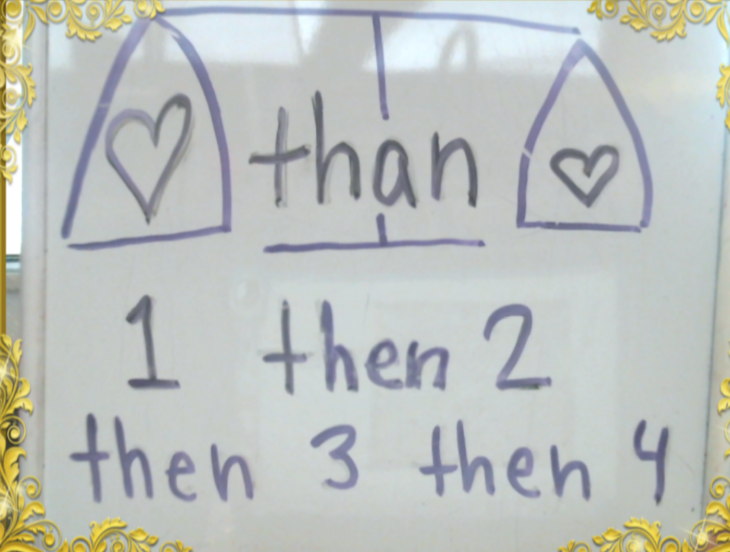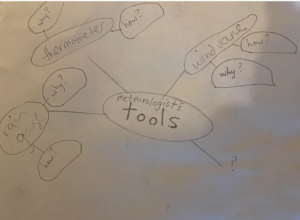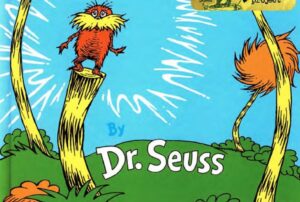Teaching then vs. than
How should we teach our ESL students the difference between “then” and “than”?
For adult ESL students, explain it like this: We use “than” to compare two things. We use “then” if we are describing a series and it relates to time.
You can give them a practice worksheet, too: https://www.worksheetplace.com/mf_pdf/then-vs-than-2.pdf

For kids’ classes, draw a picture of a scale to compare two sizes of things. For example, a mouse and an elephant to show ‘than.’ Use the sentence, ‘first 1 then 2 then 3″ to demonstrate the meaning of ‘then.’
THAN: Sample Sentences
I am smarter than my little brother.
This flower smells nicer than my shoe!
A bird in the hand is better than two in the bush.
Running is healthier than eating french fries.
THEN: Sample Sentences
To teach ‘then,’ you can scaffold the lesson with easy sample sentences and move on to more complicated examples. Here is a good start:
1, then 2, then 3, then 4
I ate, and then I went to sleep
“First comes love, then comes marriage, then comes the baby in the baby carriage.”
Now and then, we all feel sad.
ESL games to teach than versus then
Incorporating fun games can make teaching the difference between “than” and “then to ESL learners more engaging and effective. Here are some ESL games you can use to teach the difference between “than” and “then”:
Sentence Sort
Prepare a set of sentences that use “than” or “then” incorrectly. Cut the sentences into individual strips and mix them up. Have students work in pairs or small groups to sort the sentences into two categories: “than” and “then.” This activity helps them practice identifying the correct usage in context.
Two-Sided Flashcards
Create flashcards with sentences or phrases using “than” on one side and “then” on the other side. In groups or individually, students should read the sentence and decide whether to place it under the “than” or “then” category. This visual and hands-on approach reinforces the correct usage.
Error Correction Relay
Prepare a series of sentences, some with correct usage and some with incorrect usage of “than” and “then.” Divide the class into teams and give each team a set of sentences. One student from each team runs to the teacher, reads a sentence, and identifies whether it’s correct or incorrect. If incorrect, the student must correct the mistake before returning to their team and passing the sentence to the next teammate. The first team to finish with the most correct sentences wins.
Board Race
Divide the class into two teams and draw a large board with a race track on it. Write sentences with blanks on the board, leaving space for “than” or “then.” One student from each team comes to the board and fills in the blank with the correct word. The team that provides the correct word first gets to move their marker along the race track. The first team to reach the finish line wins.
Interactive Online Quizzes
Use online ESL platforms that offer quizzes and exercises related to “than” and “then.” Websites like Kahoot!, Quizlet, and Quia provide ready-made quizzes, or you can create your own. These platforms gamify the learning process and provide immediate feedback to students.
Sentence Building Game:
Provide students with a mix of sentence fragments containing “than” or “then.” Challenge them to work in pairs or small groups to create as many correct sentences as possible using the given fragments. This game encourages creativity and reinforces proper sentence structure.
Storytelling Challenge:
Have students work in pairs or groups to create short stories. Each story should include a few instances of “than” and “then” used correctly. Afterward, groups can take turns sharing their stories with the class, emphasizing the correct usage of the words.






